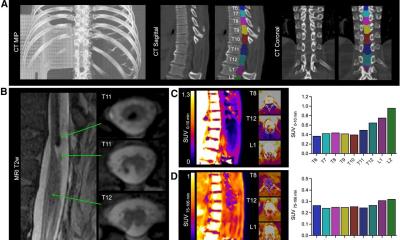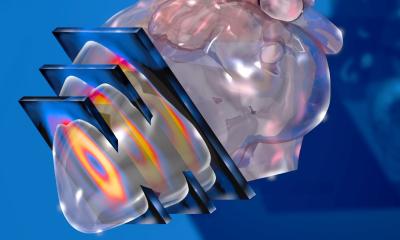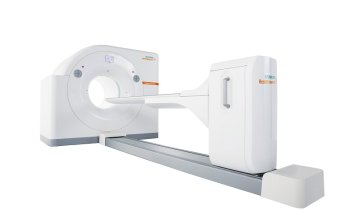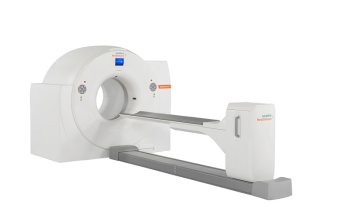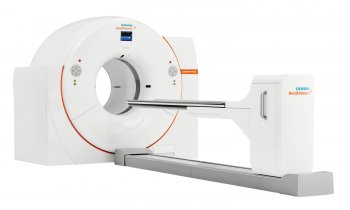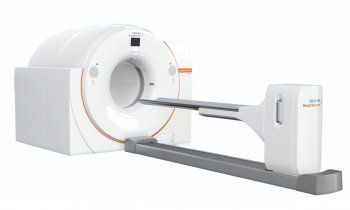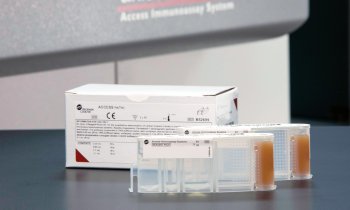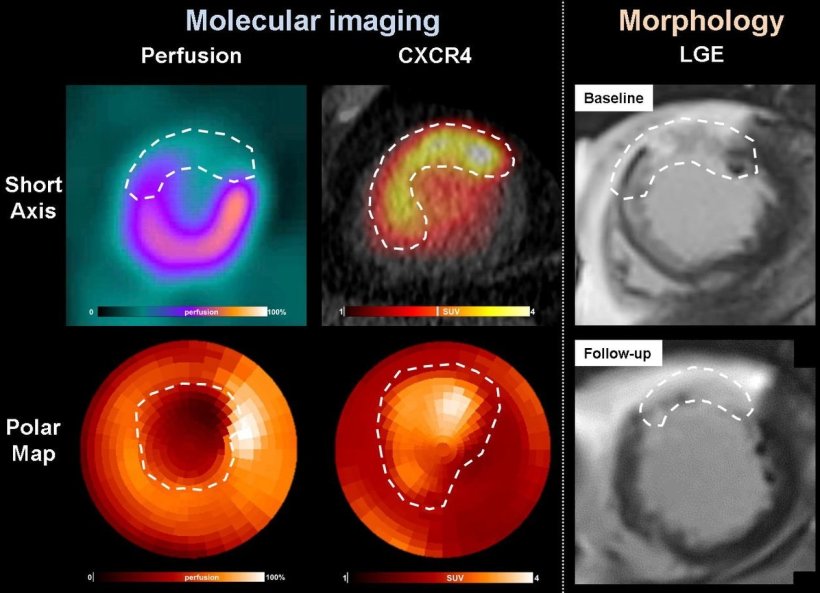
Image source: SNMMI; from: Diekmann J, König T, Hess A et al., Journal of Nuclear Medicine 2025
News • Nuclear medicine
PET imaging reveals which patients will (or will not) recover after heart attack
CXCR4 PET/CT imaging of inflammation predicts recovery, guides therapy
The results are published in The Journal of Nuclear Medicine. By visualizing CXCR4 - a cellular protein that plays key role in inflammation - this technique can enable the timely implementation of treatments to mitigate inflammation and prevent heart failure progression.
Heart attack, also known as acute myocardial infarction (AMI), is a major cause of cardiovascular death. After a heart attack, patients may develop progressive heart failure. Reliable tools to determine which patients will functionally recover and which patients will experience future heart issues, however, are lacking. "We know that AMI triggers an inflammatory response in the heart, which is a determinant of subsequent healing," noted Johanna Diekmann, MD, senior physician at the Department of Nuclear Medicine, Hannover Medical School, Germany. "Our study sought to image this inflammatory response to gain spatial and functional information that could predict outcomes and better inform treatment strategies."
Conventional imaging modalities, including MPI and cardiac MR, predominantly quantify the extent of irreversible tissue damage but do not capture the dynamic inflammatory response that governs healing
Johanna Diekmann
Researchers speculated that CXCR4 upregulation early after AMI would predict left ventricular remodeling in the heart as well as cardiac structural functional outcome. To test this hypothesis, they performed comprehensive multimodal evaluations with CXCR4-targeted PET/CT, myocardial perfusion imaging (MPI), and cardiac MRI on 49 patients within the first week after AMI. Follow-up cardiac MRI was also acquired approximately eight months after AMI in 40 of the patients.
The integrative approach demonstrated that CXCR4 upregulation extends beyond the infarct core, involves the border zone, and correlates with subsequent left ventricular dysfunction. These findings offer mechanistic insight into the link between post-ischemic inflammation and remodeling and underscores the clinical relevance of inflammatory activity after AMI.
"Conventional imaging modalities, including MPI and cardiac MR, predominantly quantify the extent of irreversible tissue damage but do not capture the dynamic inflammatory response that governs healing," noted Diekmann. "By including CXCR4-targeted PET, we can identify patients who exhibit excessive or prolonged inflammation which may predispose them to adverse remodeling and heart failure. Such information could, in the future, support risk stratification and guide emerging anti-inflammatory or reparative therapies in a precision medicine framework."
"What's more," she continued, "this approach may ultimately facilitate image-guided therapeutic strategies, allowing nuclear medicine to play an active role in monitoring and optimizing interventions that modulate inflammation, repair, and regeneration after cardiac injury."
Source: Society of Nuclear Medicine and Molecular Imaging
25.10.2025




